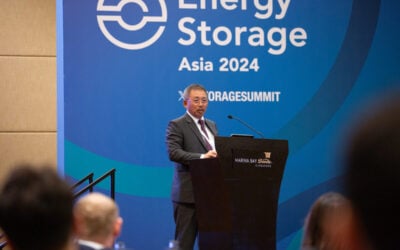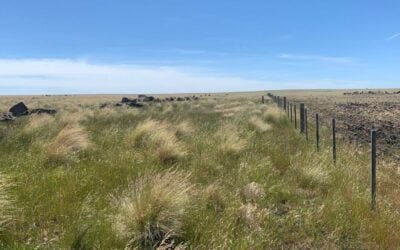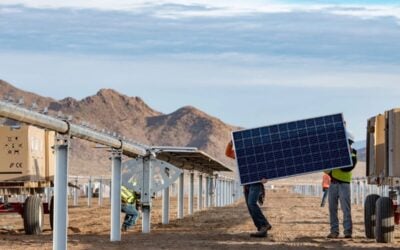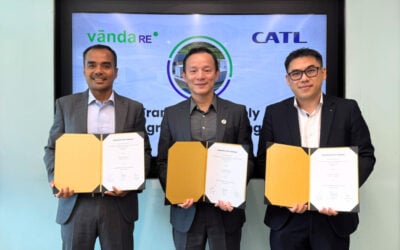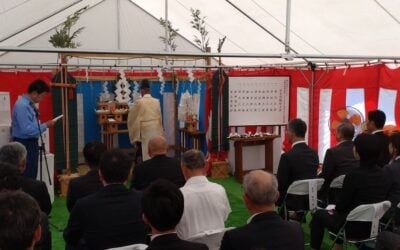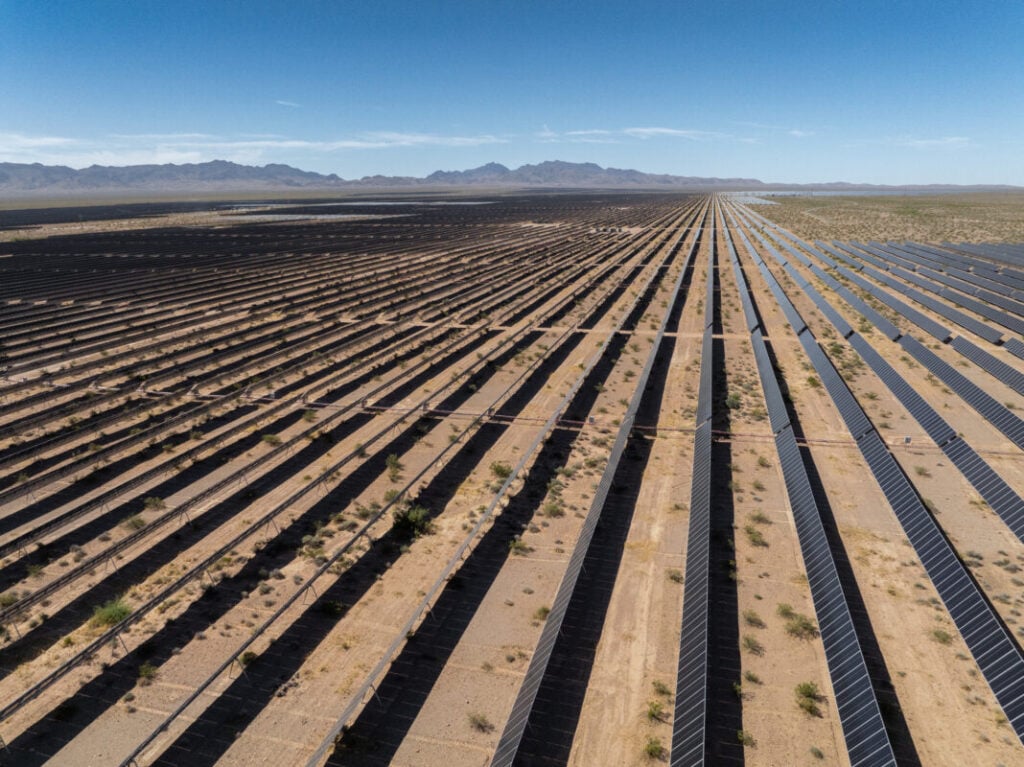
An “unbelievable appetite for clean energy” is pushing the developer of Gemini, the US’s largest co-located solar-plus-storage power plant, to pursue opportunities of a similar scale.
Primergy, a renewable energy development platform launched by Quinbrook Infrastructure Partners, brought Gemini, a 690MWac/966MWdc solar PV plant paired with a 380MW/1,400MWh DC-coupled battery energy storage system (BESS) into commercial operation last year.
Enjoy 12 months of exclusive analysis
- Regular insight and analysis of the industry’s biggest developments
- In-depth interviews with the industry’s leading figures
- Annual digital subscription to the PV Tech Power journal
- Discounts on Solar Media’s portfolio of events, in-person and virtual
Located in Clark County, Nevada, the power plant is the biggest single-phase co-located solar and storage plant in the country.
The largest BESS in the US is found at a separate project which was built in multiple phases, the Edwards & Sanborn project in California, from developer Terra-Gen, which has 875MWdc solar PV generation capacity and 3,287MWh of battery storage. Both were featured in Energy-Storage.news’ rundown of the most-read stories of 2024 over the holiday period.
Neither project is an anomaly in the sort of gigawatt-hour scale of battery storage the industry can expect to see coming to fruition, particularly in terms of co-located or hybrid resource solar-plus-storage projects, Primergy CEO Ty Daul said in an interview to be published later this week on Energy-Storage.news Premium.
“We’re seeing unbelievable appetite for new clean energy and if you think of a corporate customer, if they’ve got gigawatts of demand, they would prefer to do it in big chunks versus lots of little chunks,” Daul said.
Gemini has one main offtaker, NV Energy. NV Energy has contracted with Primergy for a 25-year power purchase agreement that allows the Nevada utility to time shift the solar production into the evening peak where it is of most value.
Primery’s Purple Sage Energy Center, also in Nevada and currently in development, will pair 400MWac of solar PV with 400MW/1,600MWh of BESS technology, contracted for offtake with California Community Choice Aggregator (CCA) energy supplier San Diego Clean Energy and slightly outdoing Gemini for size and capacity.
In other cases, Primergy will sign contracts for projects with multiple offtakers, enabling economies of scale to deliver even bigger solar-storage power plants at lower cost, the CEO said.
Solar sites planned for addition of co-located or hybrid BESS
Gemini’s start of commercial operations single-handedly put Nevada in the top three for grid-scale energy storage deployments among US states in the first quarter of 2024 alongside California and Texas, according to research firm Wood Mackenzie.
“We’ve got a fair number of other projects that are also in the development process that are in that kind of range of scale,” Daul said, including the Valley of Fire portfolio of development assets in Colorado, Nevada and Arizona for which Primergy raised US$225 million in project financing in Q4 last year.
Part of that deal was facilitated by the sale of US$125 million of a total US$500 million or so in tax equity for Gemini to Rabobank, with the US$100 million balance comprising a revolving credit facility with the Dutch banking group.
Meanwhile, Primergy’s Ash Creek, a project in Texas for which the company raised US$588 million early last year, will be a 408MWac standalone solar PV plant, but Daul said the developer plans all of its solar sites now with the possibility—or perhaps expectation—of being able to add battery storage at a later date.
That could either be directly paired with the solar, Ty Daul said, or the two could be separately operated co-located resources.
“Every project that we look at, it’s more efficient if you build everything at once, but some of our projects which are under construction or in operations that are PV only, we will have battery storage capability adjacent to it,” Daul said.
“Our expectations are, within the next two to five years, we’ll probably contract the battery storage as well. So, we’ll be adding battery storage to the facility, or it will be a standalone separate project with a different customer.”

